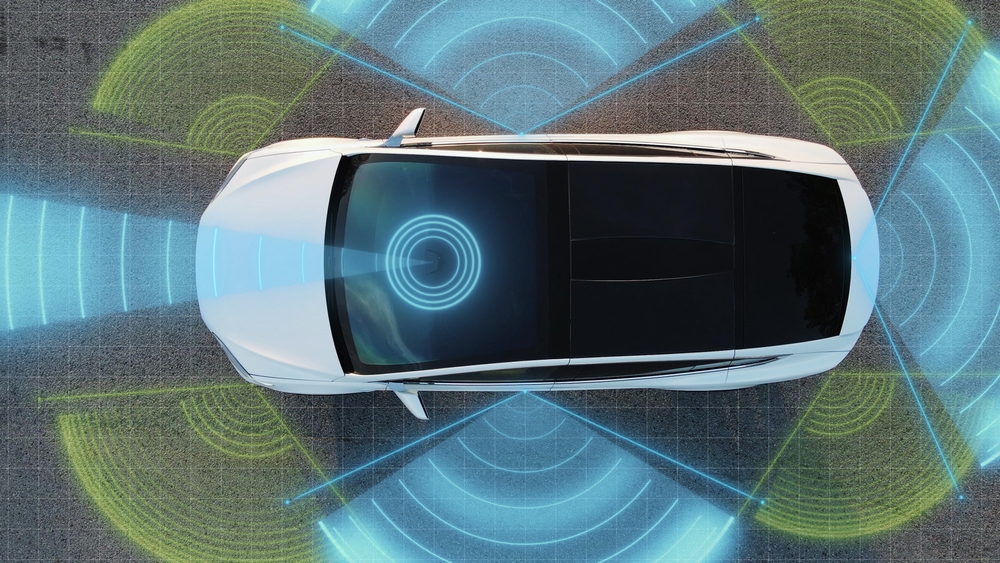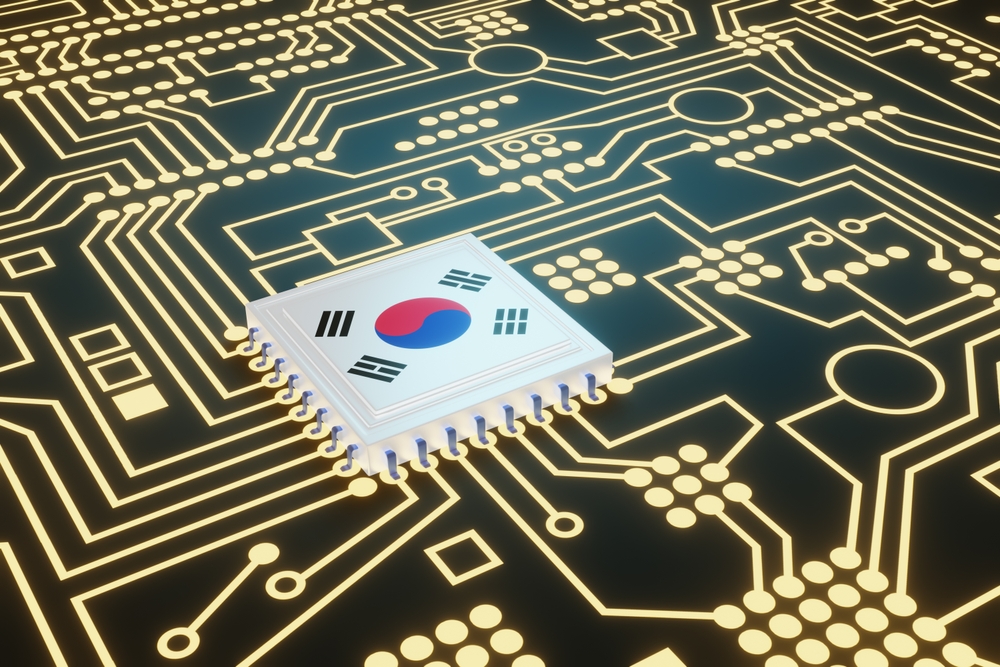The Evolution of Manufacturing in the Telecommunications Sector

June 14,2019,Philippines—Over the years, the world has witnessed so many transformations. From the modes of transportation to the equipment used in global manufacturing—technology has improved people’s quality of life and has changed the way the world works. Most notably, how we communicate has tremendously evolved over the years.
Previously, people would be sending visual or sound signals to communicate over a distance or write and send letters to have a detailed conversation with someone far away. For more effective communication, some people would travel and relay their messages in person. Fortunately for the people of today, long-distance communication has become much more convenient thanks to the improvements brought by the telecommunications sector.
Such improvements have made families and friends apart feel closer, and every corner of the world feel more connected. Before moving on to the future, let us revisit how today’s telecommunications systems came to be. Here is the evolution of manufacturing in the telecommunications sector.
Beginnings
Around 1830s, electrical telecommunications would start to emerge with the electrical telegraph which, via dedicated electrical writing, uses coded electrical signals to convey information from one point to another. The first working model of it was built by English inventor Francis Ronalds in 1816 and was followed by several attempts to further improve it. Then, English inventors and scientists William Fothergill Cooke and Charles Wheatstone successfully demonstrated the first commercial electrical telegraph in 1837.
In 1849, records show that Antonio Meucci began developing the design of a talking telegraph or the telephone. However, it was only in 1876 that the first telephone would officially be patented but under the name of Alexander Graham Bell, who would also be the founder of the American Telephone and Telegraph Company or AT&T in 1885. For the majority of the next century, AT&T would hold the monopoly of the telecommunications equipment sector in the U.S. until the deregularization in 1980.
From the U.S. to the world
Italian inventor Guglielmo Marconi began developing wireless communication using the then newly discovered phenomenon of radio waves in 1894 and has successfully sent transmissions across the Atlantic ocean in 1901. In 1925, the concept of the television was also introduced by Scottish engineer John Logie Baird by demonstrating the transmission of moving pictures at a department store in London.
It is notable that the majority of the wireless telecommunications giants that we know of today largely started as producers for the defense industry. For example, Motorola started as a supplier of handy-talkies (or walkie-talkies) to the Army during World War II. Forwarding to a couple of years later in the 1980s, such technology would reach the consumer markets and would be used for the development of cellular phones.
After the almost-century long monopoly of AT&T, the U.S. telecommunications sector experienced a period of healthy growth in the late 1990s with the entrance of non-AT&T equipment in the market. However, conditions changed in the early 2000s when the economy weakened domestically. During this time, U.S. manufacturers saw an opportunity to increase their revenues by exporting their products to emerging economies outside the U.S. and establishing EMS Manufacturing in the Philippines and other countries in Asia, as well as in South America.
The Internet
The improvements in the wireless telecommunications sector were further advanced by the introduction of the Internet in 1983. With beginnings from the ARPANET, its initial purpose was to communicate with and share computer resources among mainly scientific users at the connected institutions. Today, the Internet is a global computer network that provides information and communication facilities with the use of Internet Protocol or IP.
Previously used for computers only, the telecommunications sector has started integrating the Internet to their older products of radios, televisions, and cellular phones which would give birth to a new generation of smart products including the smartphone. Furthermore, the global manufacturing industry has also greatly utilized it for their operations and equipment. In fact, almost all sectors of global manufacturing, if not all, are largely assisted by the Internet.
The devices produced by the telecommunications sector have not only made communication among ordinary people more convenient, but it has also made global manufacturing processes much efficient. Although it has definitely come a long way since its beginnings, the telecommunications sector still has a lot of work to do for the future.
Other Blog



